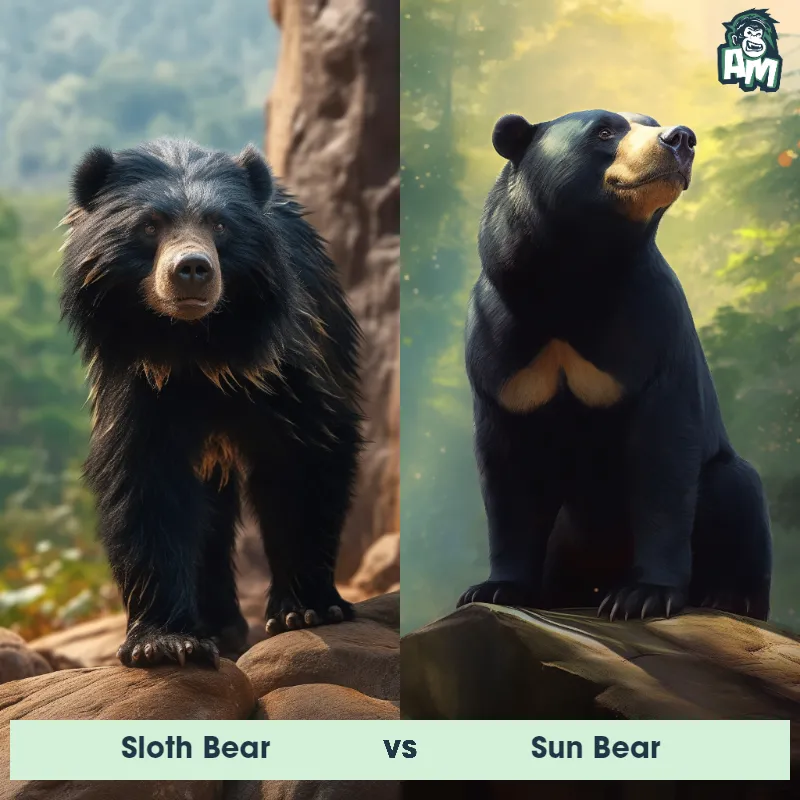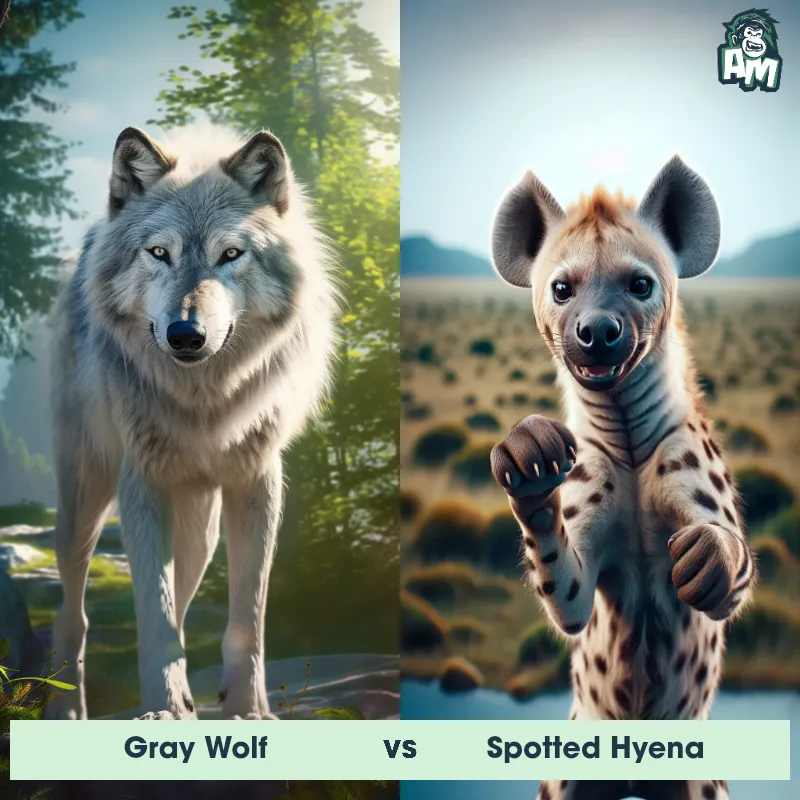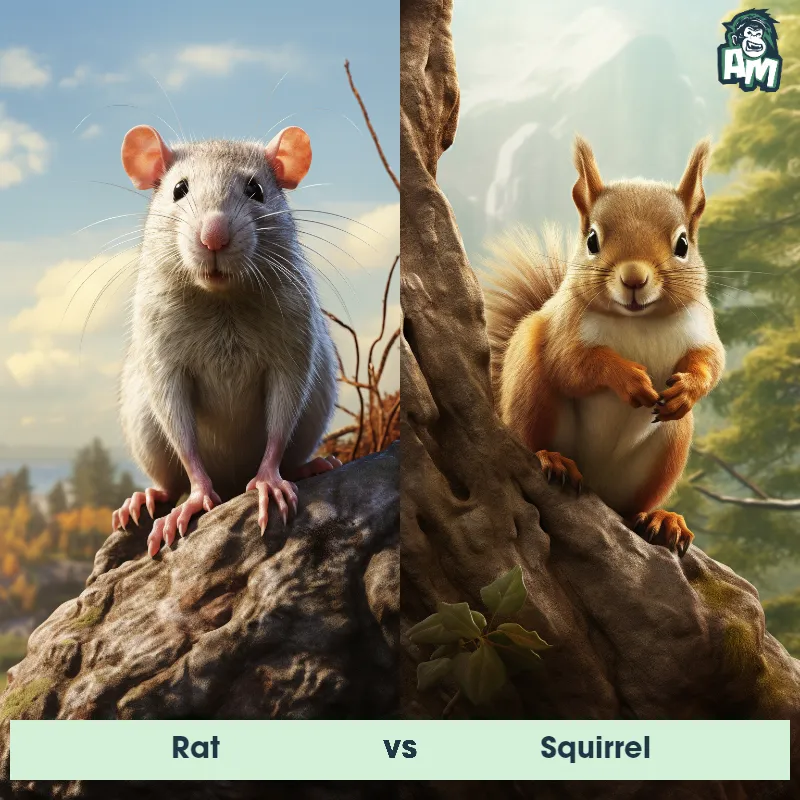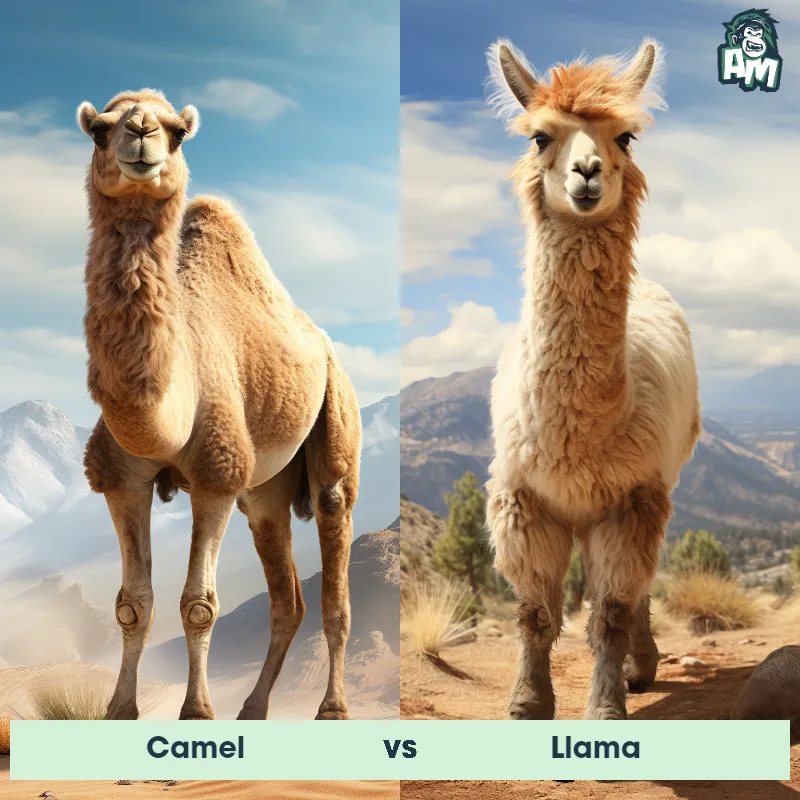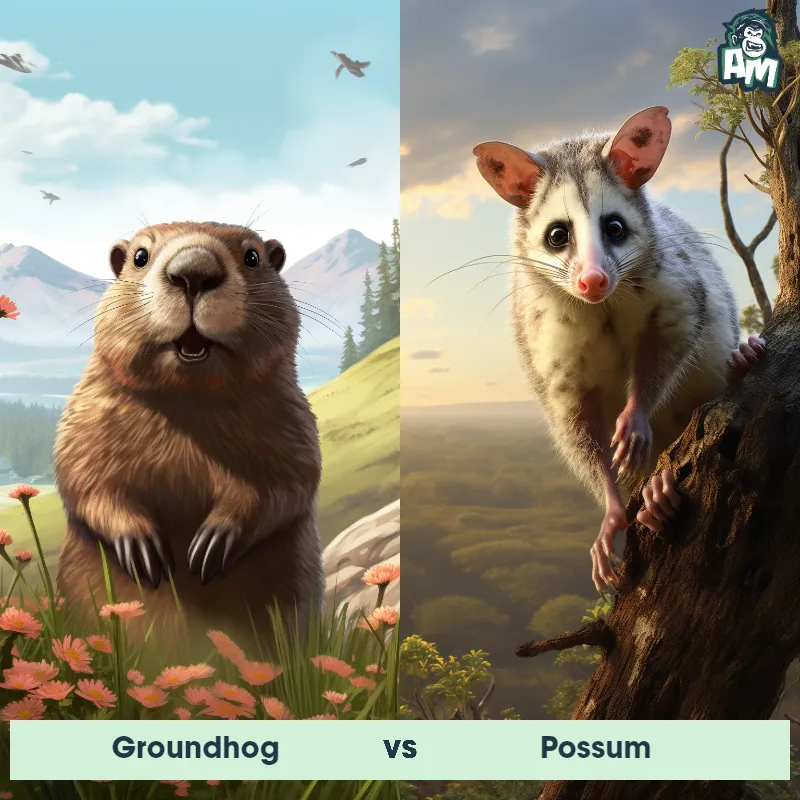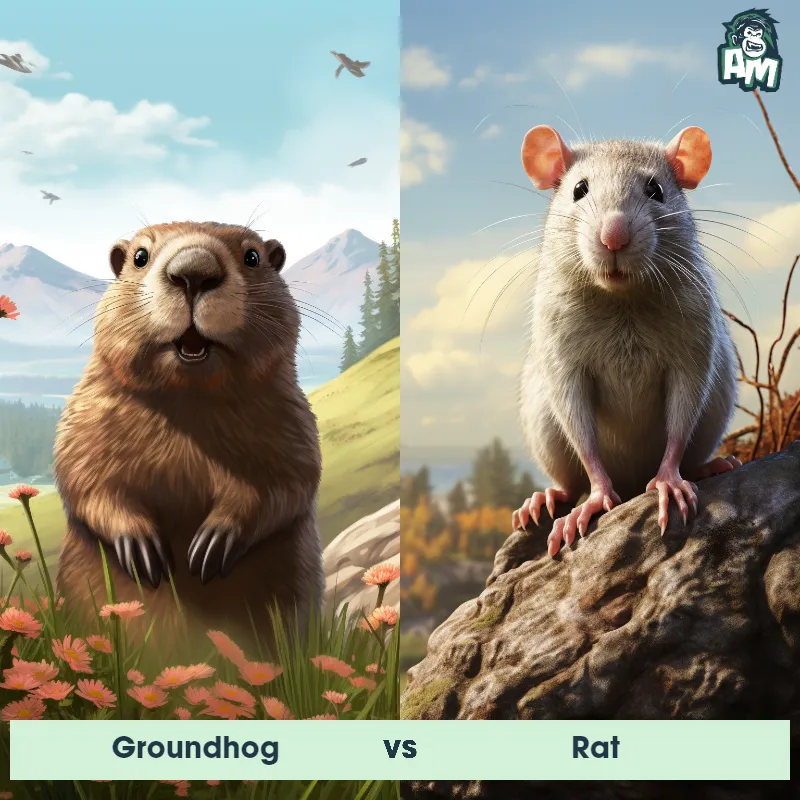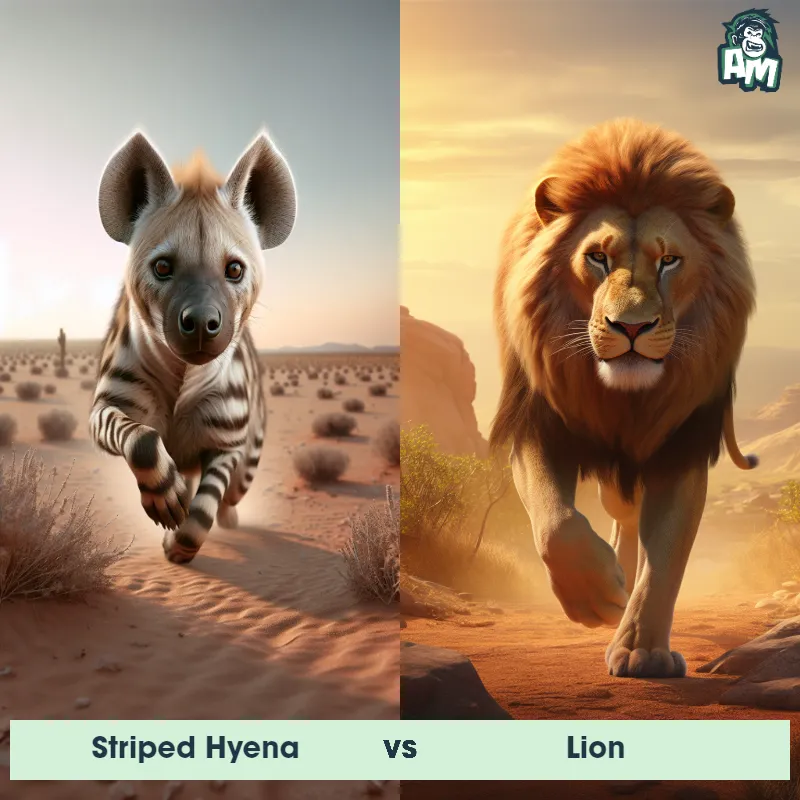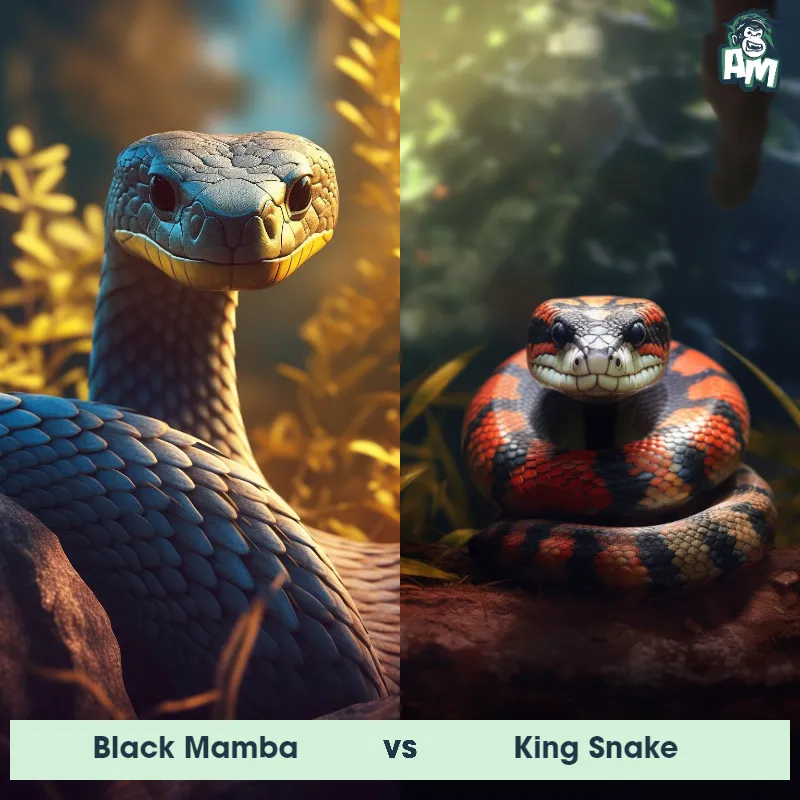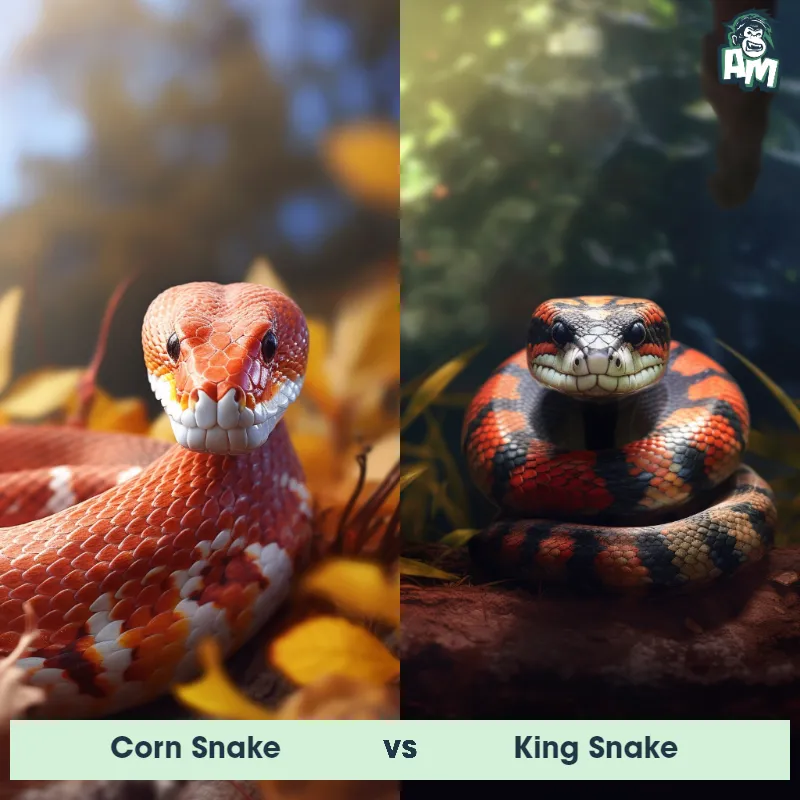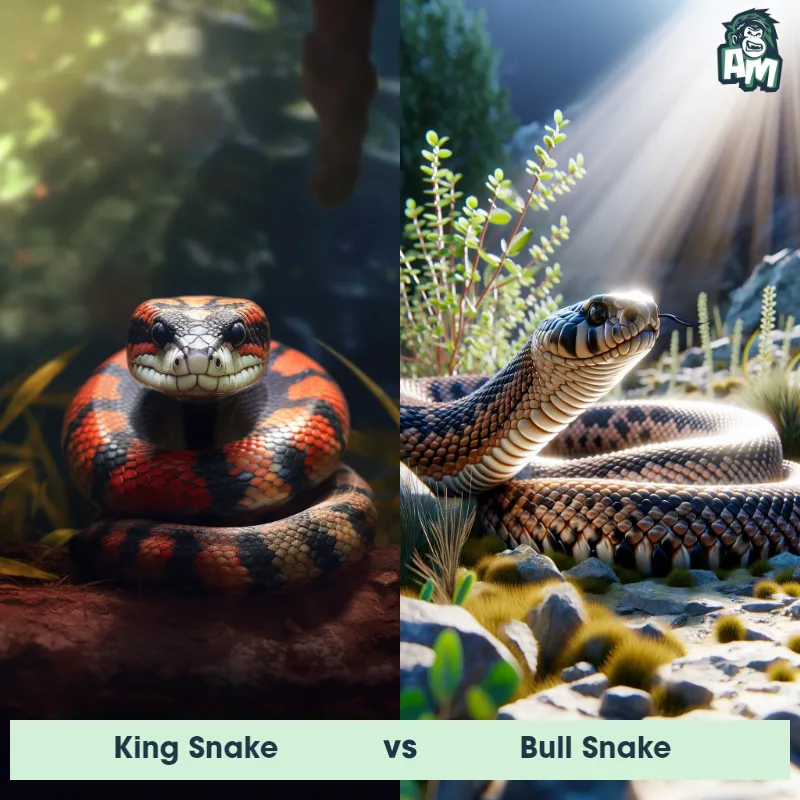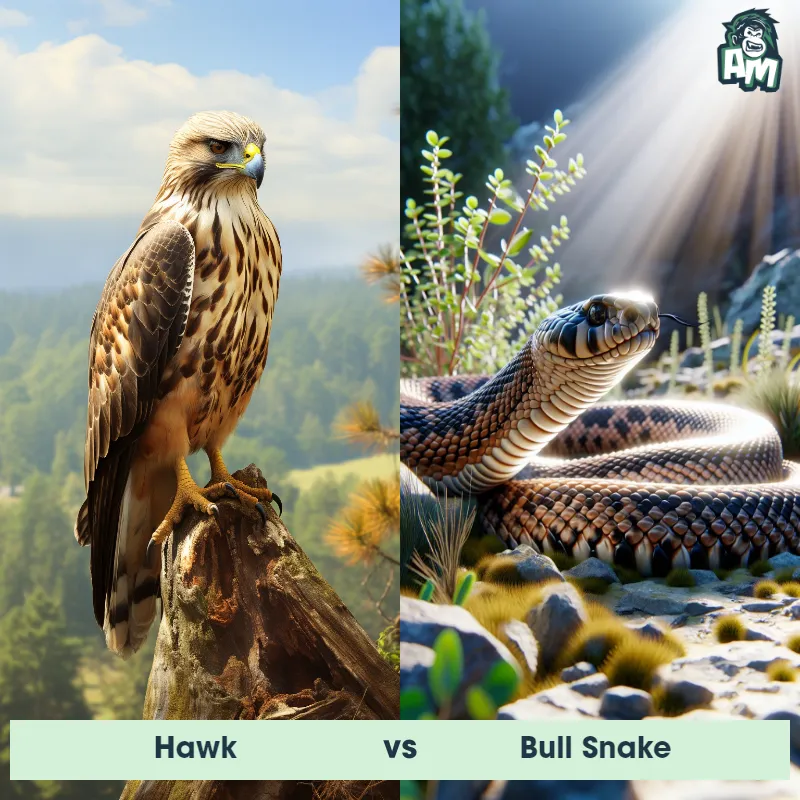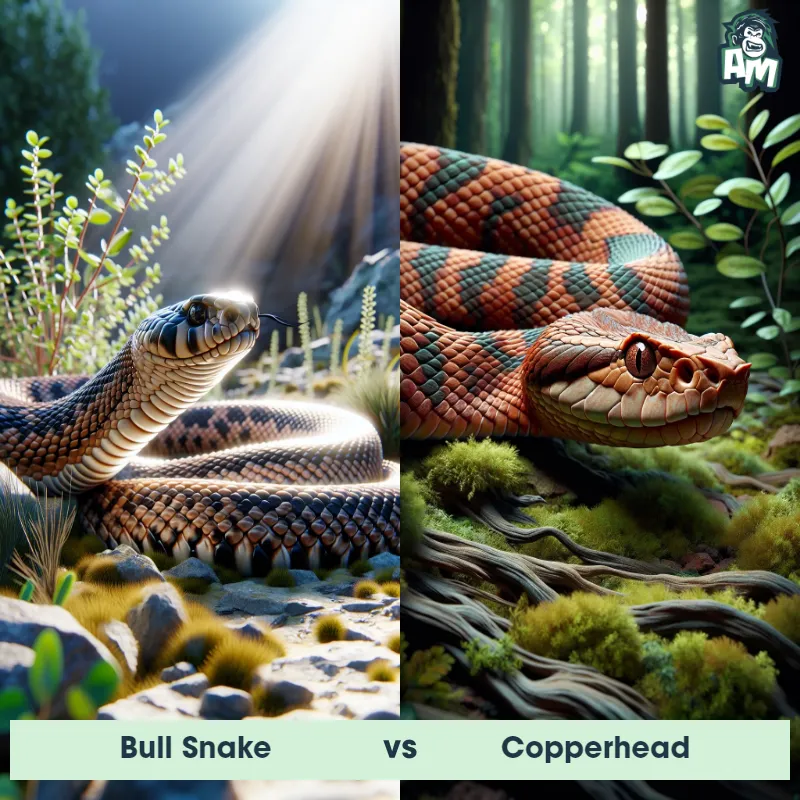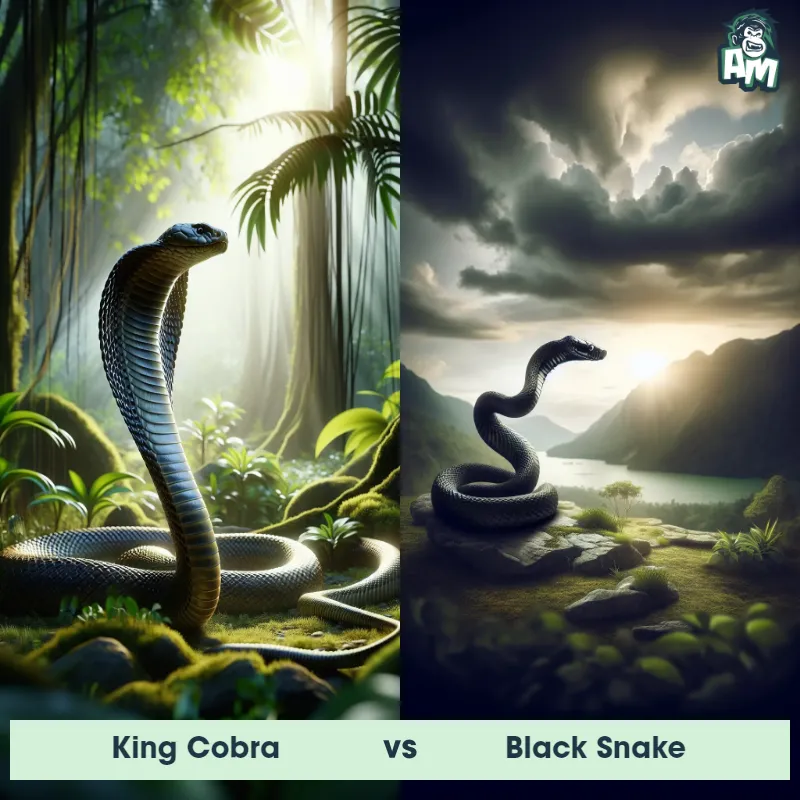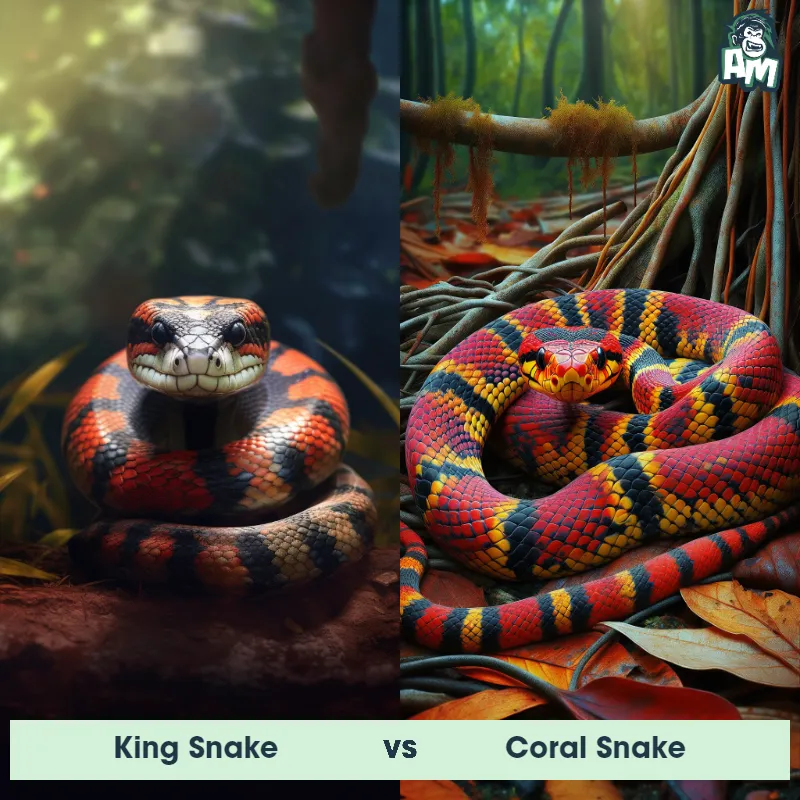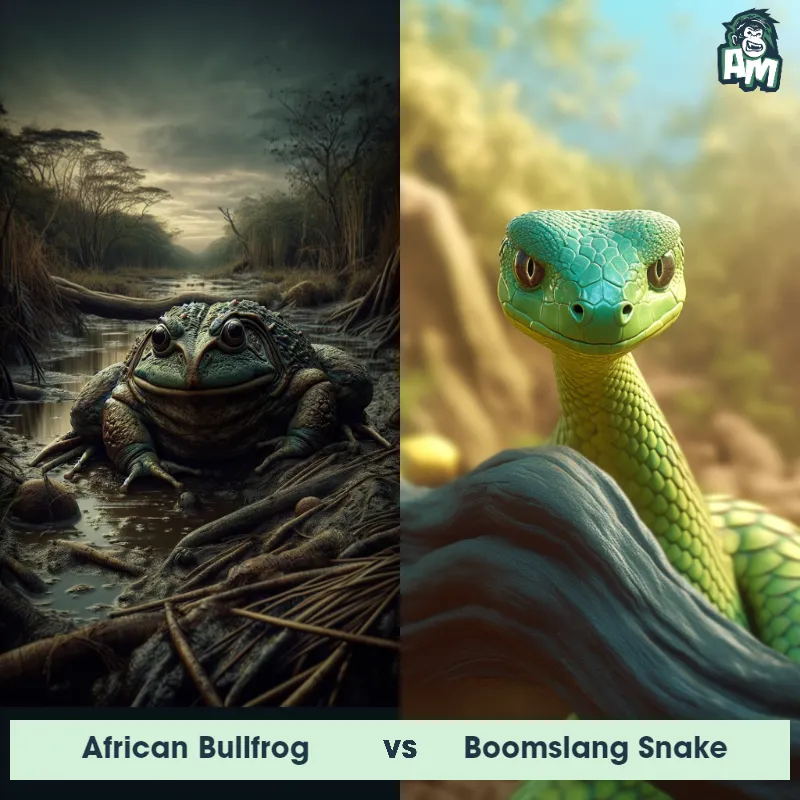Rat Snake vs Bull SnakeSee Who Wins

Ladies and gentlemen, welcome to this thrilling matchup between two formidable opponents in the animal kingdom! We are here to witness an epic clash between a Rat Snake and a Bull Snake. Both of these serpents are renowned for their agility and cunning, making this showdown one for the books. Without further ado, let the action begin!
Contender 1: Rat Snake
The Rat Snake is a non-venomous reptile that can be found in North America. They have a slender body with smooth scales, and can grow up to 6 feet in length. Their coloration varies, but they typically have a pattern of red, orange, and brown on a lighter background. Rat Snakes are excellent climbers and are known for their ability to escape from enclosures.
Fun Fact: Rat Snakes are skilled at mimicking the appearance and behavior of venomous snakes, such as the Copperhead, in order to deter predators.
Contender 2: Bull Snake
The Bull Snake, scientifically known as Pituophis catenifer, is a nonvenomous snake species found in North America. It is known for its large size, reaching an average length of 4-6 feet, with some individuals growing up to 8 feet long. Bull Snakes have an elongated and muscular body, covered in smooth scales, which can vary in color from yellowish-brown to tan. They have a series of dark blotches or saddles along their back, with a pale yellow or white belly. The head is triangular in shape and they possess large eyes with round pupils. Bull Snakes are known for their incredible climbing abilities and are skilled at burrowing. They are opportunistic feeders, consuming a variety of prey such as rodents, birds, frogs, and lizards.
![[object Object] Gif](https://tenor.com/view/bullsnake-rattlesnake-snake-strike-hissing-mimic-gif-17072855.gif)
Fun Fact: One interesting fact about Bull Snakes is that they are excellent mimics and have the ability to imitate the sound of a rattlesnake by rapidly vibrating their tail against dry vegetation, leading potential predators to believe they are facing a venomous snake and ultimately deterring them.
Matchup Stats
| Rat Snake | Bull Snake | |
|---|---|---|
| Size | Up to 6 feet (1.8 meters) | 4-6 feet (1.2-1.8 meters) |
| Weight | Up to 2.5 pounds (1.1 kilograms) | 2-6 pounds (0.9-2.7 kilograms) |
| Speed | Speed: 8 mph (12.87 km/hr) | 8mph (13km/h) |
| Key Strength | Constricting ability | Constriction ability |
| Biggest Weakness | Lack of venom | Lack of venom |
Current Votes
Rat Snake vs Bull Snake
See Who Wins
View More Matches
Looking For More?
Similar Matches
Scientific Stats
| Rat Snake | Bull Snake | |
|---|---|---|
| Scientific Name | Pantherophis guttatus | Pituophis catenifer |
| Family | Colubridae | Colubridae |
| Habitat | Forests, fields, and farmland | Grasslands, deserts, scrublands, and semi-arid areas |
| Geography | North America | North America |
| Diet | Rodents, birds, and eggs | Rodents, birds, frogs, lizards |
| Lifespan | 8 years - 20 years | 15 years - 20 years |
Key Differences between Rat Snake and Bull Snake
- Head shape and scales: Bull Snakes have a more triangular head shape with distinct scales on top of their heads, while Rat Snakes have a more rounded head shape without the pronounced scales on top.
- Coloration and pattern: Rat Snakes exhibit a grey to brown coloration with dark blotches and stripes running down the length of their body, while Bull Snakes have a yellowish or tan background color with brown or reddish-brown blotches and patterns.
- Geographic range: Rat Snakes are commonly found in the Central and Eastern parts of North America, while Bull Snakes have a broader range, extending from Canada all the way down to Mexico.
- Behavior: Bull Snakes are known to be more aggressive in nature and may mimic the behavior of rattlesnakes when threatened, while Rat Snakes are generally more docile and likely to flee when confronted.
- Size: The Bull Snake typically grows larger, reaching lengths of up to 6 feet, while the Rat Snake generally stays smaller, measuring around 4 feet in length.
- Habitat preference: Rat Snakes thrive in various habitats such as forests, farmlands, and woodlands, while Bull Snakes have a preference for grasslands, prairies, and open areas.



